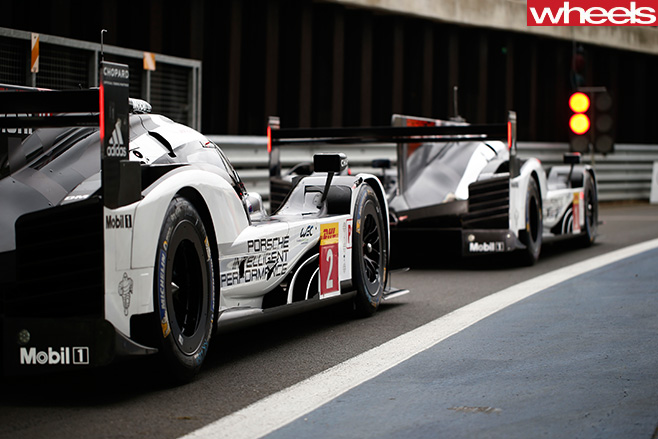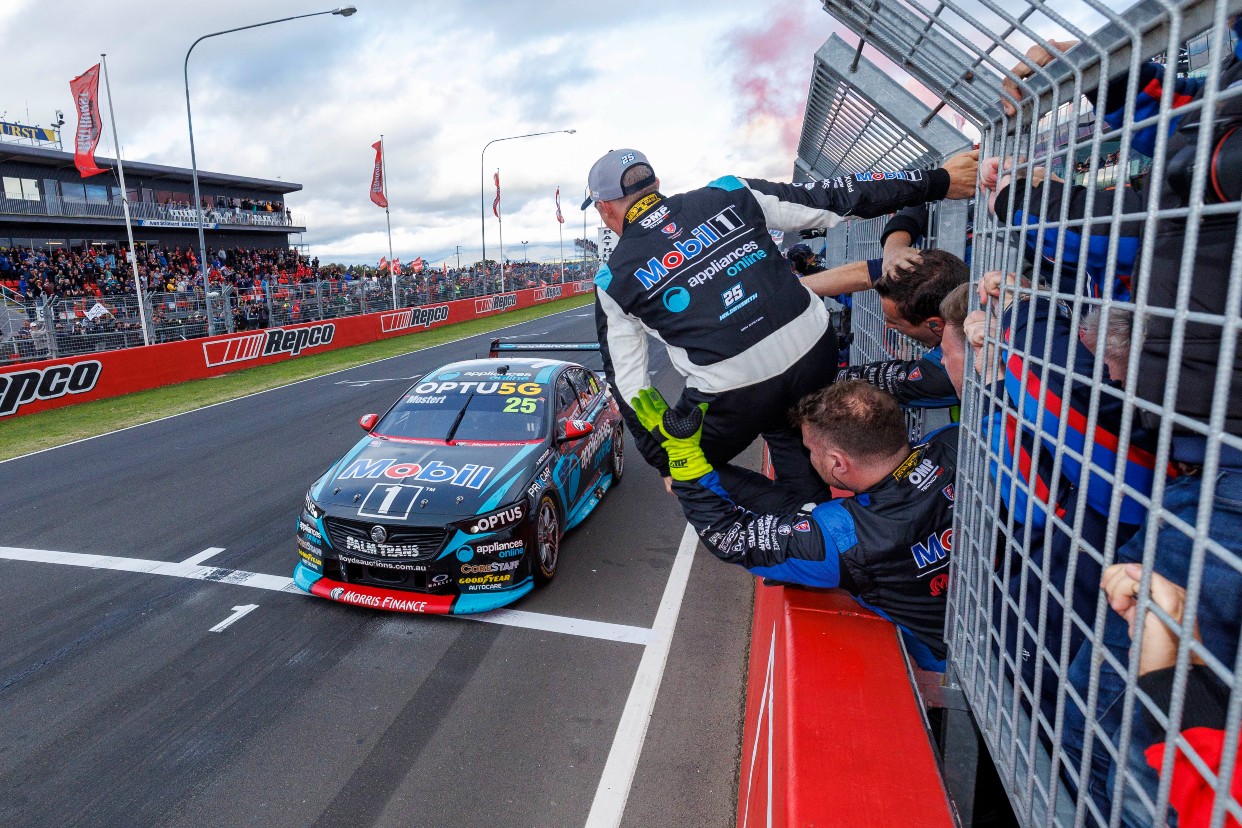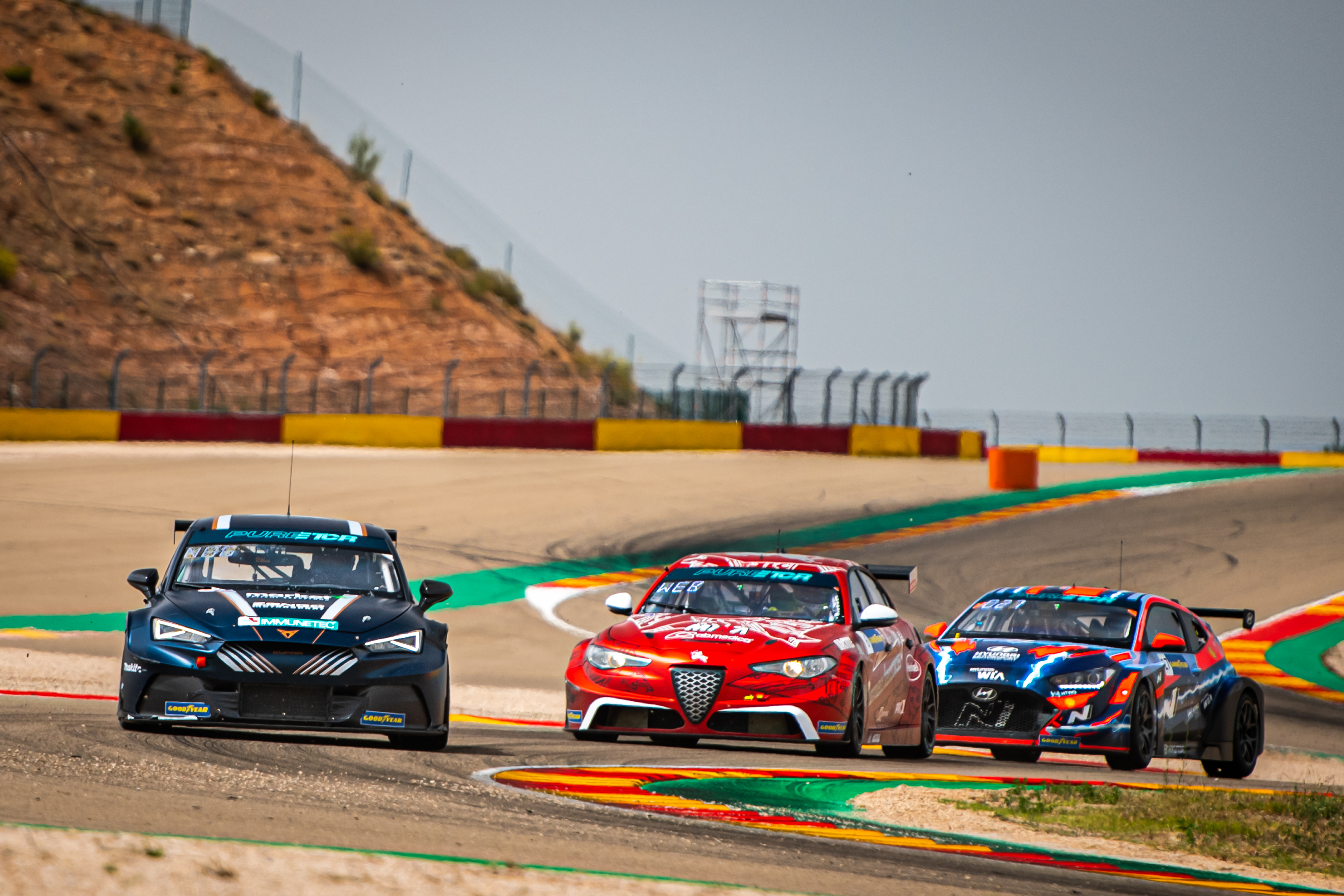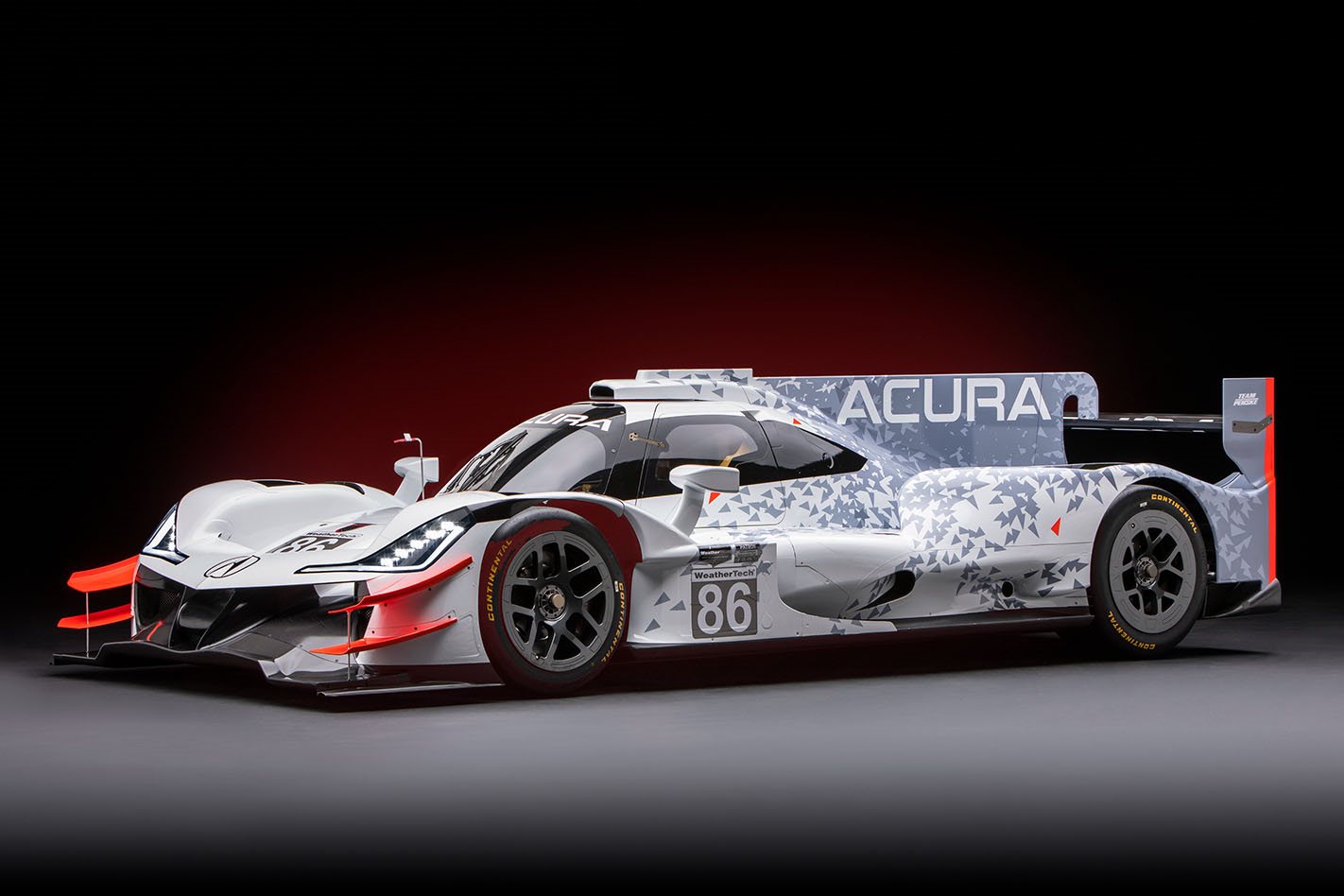RED Bull’s innovative designer Adrian Newey will shine again in 2017 under the sport’s new technical regulations predicts Sam Michael, the former Formula One engineer and leader whose most recent gig was sporting director of McLaren until he resigned to return home last year.
Michael, who now runs a high-tech software company in the machine-learning space, as well as consulting to Red Bull Triple Eight Race Engineering, spoke to Wheels about his expectation that Newey’s engineering and design genius will flourish again.
“I guess through history of motor racing there are many architects of development Adrian of course stands out over the last 25 plus years as the best, and rightly so,” said Michael.
“But that in no way detracts from [the stunning creative work of] Chaparral’s Jim Hall, Lotus’ Colin Chapman, Enzo Ferrari and the many others beforehand.”
Michael observes that today’s modern race car innovator has tougher challenges, working as they do within tighter and tighter regulations – and as such many advances are either incredibly subtle or even no longer visible like they were in the 1960s, 70s and 80s.
He cites the example: “If an F1 aerodynamicist came up with a device that developed an aerodynamic vortex that produced two or three per cent more downforce, that would be significant in modern terms. That device may be a simple, boring looking piece of carbon, even to a trained F1 eye!”
Michael then went through a list of recent innovations in aerodynamics – double diffusers from Williams and Brawn, exhaust-blown floors from Red Bull and, of course, the driver-controlled drag reducers from McLaren (F-flaps that were triggered by the driver’s knee, not the FIA-regulated DRS).
Equally in the mechanical domain there have been seamless-shift transmissions, inertia dampers, mass dampers and warp soft suspension. If you include the FIA-regulated ones there’s also turbo compounding and energy recovery.
“So there is still plenty of innovating still going on, but they are for smaller gains and a lot more R&D expenditure than Jim Hall’s Chaparral fan car of decades ago.”
Michael anticipates the 2017 F1 season will open things up massively. “Expect to see upwards of 30 per cent more downforce. When the principal flow mechanisms are changed that much, then real opportunities arise for people like Adrian to shine again – just watch! I would also expect to see huge development rates from all the aerodynamic teams during the season.”
WEC: Toyota to battle with Porsche using latest hybrid technology

The WEC has a 28-car entry list for the 2017 season. Just five are LMP1 cars – two each from Porsche (919 Hybrids) and Toyota (TS050 Hybrids) plus a lone Nissan-powered ByKolles CLM, with a driver line-up that includes former Formula One and World Rally competitor Robert Kubica.
A third Toyota car will join the grids for the 24-hour races at Le Mans.

The move underlines Toyota’s determination to win the French endurance classic.
The Toyota Gazoo Racing team will also field a third car in May at the Spa-Francorchamps circuit in Belgium, a vital lead-up race to Le Mans.
Toyota’s development work has translated into significant upgrades to the hybrid powertrain including the 2.4-litre twin-turbo direct-injection V6 petrol engine, motors/generators and batteries.
World touring car champion Jose Maria Lopez has been confirmed as a full-time Toyota WEC driver for 2017.





